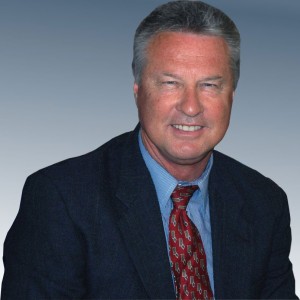
Intentional collaboration can be effective, particularly when using the group process. Positive results have been witnessed in community settings, schools, agencies, universities and professional organizations. Intentional collaboration works best, however, when there is a focus on seeking solutions to the challenges that are being addressed.
The growth of the counseling profession has resulted from many professionals using a mindset of solution seeking in combination with intentional collaboration. As an example, professional groups have worked together to gain licensure in all 50 states. A solution-focused mindset, along with intentional collaboration, has given us a consensus definition of counseling, standards for preparing professional counselors, a scope of practice statement for counselors and an up-to-date professional code of ethics. I am confident the same formula will produce counselor parity and licensure portability.
Another example of intentional collaboration and solution seeking is the recently concluded ACA Conference & Expo in Orlando, Florida. The success of our 63rd conference was the result of ACA member volunteers, ACA headquarters staff, member committees, branches, regions, divisions, elected leaders, sponsors and the Orlando community working together.
The counseling profession will continue to flourish by working together and focusing on solutions. This might on occasion involve checking our own mindsets as we collaborate to address challenges. Perhaps a quick scan might be of help. Please read the two perspectives that follow to determine a preference.
Perspective 1 when addressing a challenge
- What is wrong with the situation?
- How did things get this way?
- How long has it been like this?
- Who did this?
- Who is to blame for this?
- Is it even fixable?
Perspective 2 when addressing a challenge
- What do we want to happen?
- What is our goal?
- Suppose we accomplish our goal. What would it be like?
- What is happening now that will help us move forward?
- What has occurred previously that will help us?
- What small steps can we take now?
Perspective 1 takes a problem approach that involves cause, history and, often, blame. Perspective 2 involves seeking solutions that perhaps can jump-start a group of professionals to work together. It is possible that either approach will bring results, thus reinforcing the concept of equifinality. However, during the past year, I have been pleased to observe counseling professionals embracing much of perspective 2 as they address challenges at state, regional and national levels. Thank you for this approach and for moving our profession forward.
All the best,
Robert L. Smith, Ph.D., NCC
Counseling is a professional relationship that empowers diverse individuals, families and groups to accomplish mental health, wellness, education and career goals.
